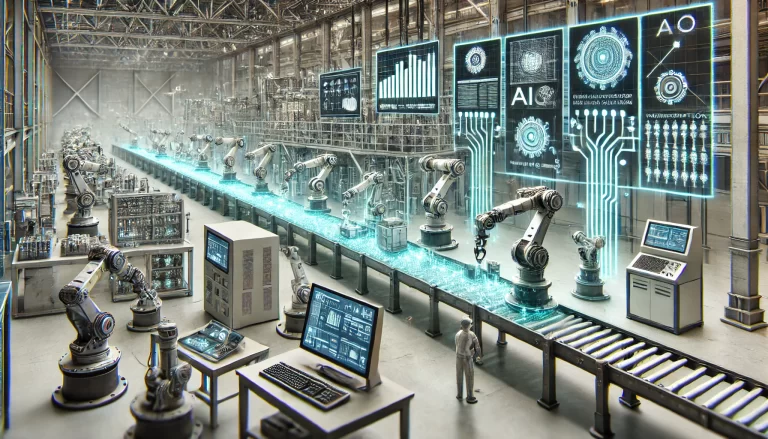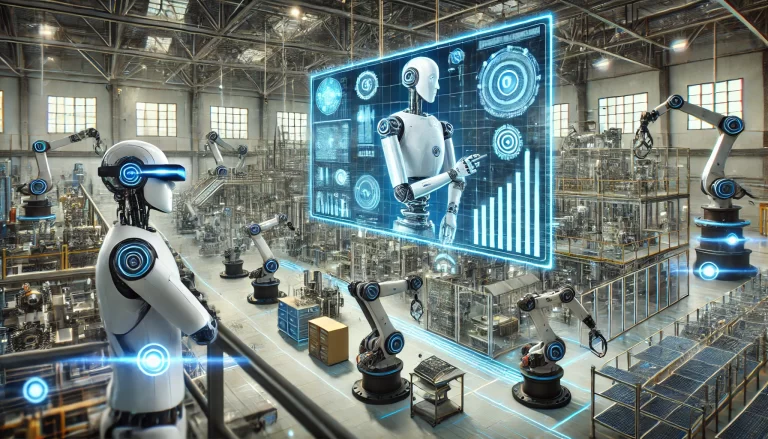AI has undeniably demonstrated its remarkable capabilities in various fields. However, when it comes to tasks that require specialized skills and hands-on experience, such as instrument maintenance, AI currently cannot fully replace humans. Here are some key reasons why human expertise remains irreplaceable in this field:
1. Problem-Solving Complexity
Instrument maintenance often involves complex fault diagnosis and repair tasks that require technicians to make judgments based on the specific circumstances. While AI can process vast amounts of data, it struggles with handling unexpected or non-standard problems. For instance, in cases where equipment failure is caused by a combination of environmental factors, previous repairs, or unusual wear patterns, an AI system may not yet be able to adapt or provide an appropriate solution without human intervention.
Human technicians, on the other hand, can draw from their experience and adjust their approaches based on these intricate situations. Their ability to think critically and use creative problem-solving skills in real-time makes them essential, especially when AI algorithms are not sufficiently trained to handle these specific scenarios.

2. Hands-On Skills
Instrument maintenance often requires precise manual operations, such as soldering, calibration, and adjusting mechanical components. These tasks demand a level of skill that can only be gained through years of practice and experience. The “feel” of the tools and the dexterity involved in operations like adjusting sensitive parts in tight spaces are areas where AI falls short.
For example, calibration of high-precision instruments, such as flow meters or pressure sensors, requires a technician’s tactile sensitivity and understanding of the equipment’s specific needs. While robotic systems can perform repetitive tasks, they lack the nuanced touch that human technicians develop over time. This manual precision and adaptability to varying conditions are elements that AI systems currently struggle to replicate.
3. Adaptability to Challenging Environments
Instrument maintenance is often conducted in challenging environments that can include extreme temperatures, high pressure, or confined spaces. Technicians can adjust their working methods based on real-time environmental changes. For example, during maintenance in hazardous locations, technicians know how to wear protective gear and adjust their operations to maintain safety and efficiency, something AI systems cannot do autonomously.
AI, on the other hand, operates best in controlled environments and struggles with the physical aspects of working in extreme conditions. While AI may assist in data analysis or predictive maintenance, its limitations in physically demanding tasks remain a major barrier.
4. Communication and Collaboration
A significant part of maintenance work involves communication with other technicians, engineers, or customers to understand their needs, explain issues, and collaborate on solutions. In a field where the understanding of specific requirements and providing clear instructions is essential, human communication skills—especially emotional intelligence—play a crucial role.
AI still struggles with non-verbal cues, the tone of communication, or interpreting emotional responses, which can affect teamwork and the overall success of maintenance projects. Moreover, human technicians are skilled in negotiating priorities and managing customer expectations, which cannot be easily replicated by an AI system.

5. Innovation and Judgment
At times, maintenance work requires innovative thinking and judgment, especially when encountering unprecedented issues or broken systems that have no clear solution. While AI can provide recommendations based on large datasets, it cannot always come up with novel solutions or make decisions based on intuition and experience.
An example of this might be the failure of a high-value instrument in a critical setting, where the technician has to make judgment calls on how to prioritize repairs, troubleshoot rare issues, and decide on the best course of action based on limited information. AI may assist by identifying potential causes, but the human technician must innovate and adapt the repair process as new challenges arise.
AI as an Assistant, Not a Replacement
While AI can significantly assist instrument maintenance technicians by providing data analysis, predictive maintenance suggestions, and even diagnosing common faults, it is clear that AI is not yet ready to fully replace the human touch. The ideal future scenario is one where human expertise and AI complement each other. For example, AI can help technicians by predicting equipment failures before they occur, but it still relies on human intervention for the final decision-making process and hands-on repairs.
As AI continues to evolve, it will likely become a powerful tool in the maintenance industry. However, it should be seen as an augmentation of human capabilities rather than a replacement for the skilled technicians who bring years of experience, practical knowledge, and adaptability to their work.

Conclusion
In conclusion, the role of experienced instrument maintenance technicians remains indispensable despite the growing capabilities of AI. The intricate combination of hands-on skills, problem-solving ability, adaptability to diverse environments, communication, and innovative thinking are qualities that AI is far from replicating fully. The future of the maintenance industry likely lies in the synergy between AI and human workers, where both can collaborate to achieve higher efficiency, quality, and reliability in operations.
